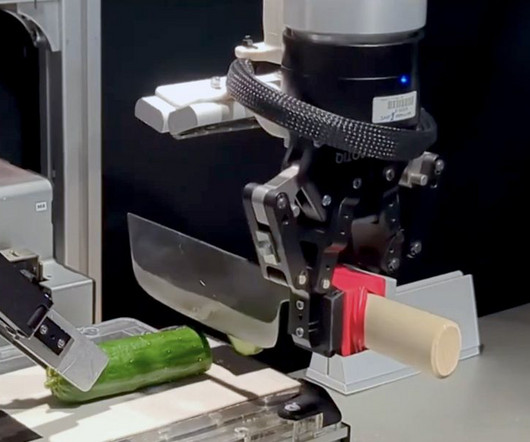MIT/Stanford team refines TREC battery for harvesting low-grade waste heat
Green Car Congress
OCTOBER 17, 2014
In May, researchers at MIT and Stanford University reported the development of new battery technology for the conversion of low-temperature waste heat into electricity in cases where temperature differences are less than 100 ?Celsius. Batteries Waste Heat Recovery' A vast amount of low-grade heat ( —Yang et al.

















Let's personalize your content